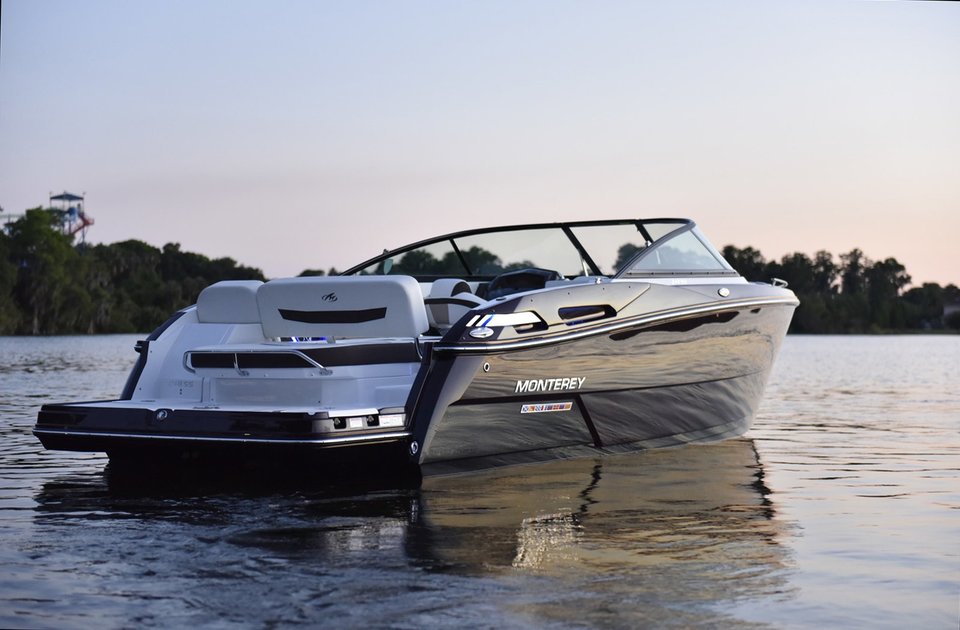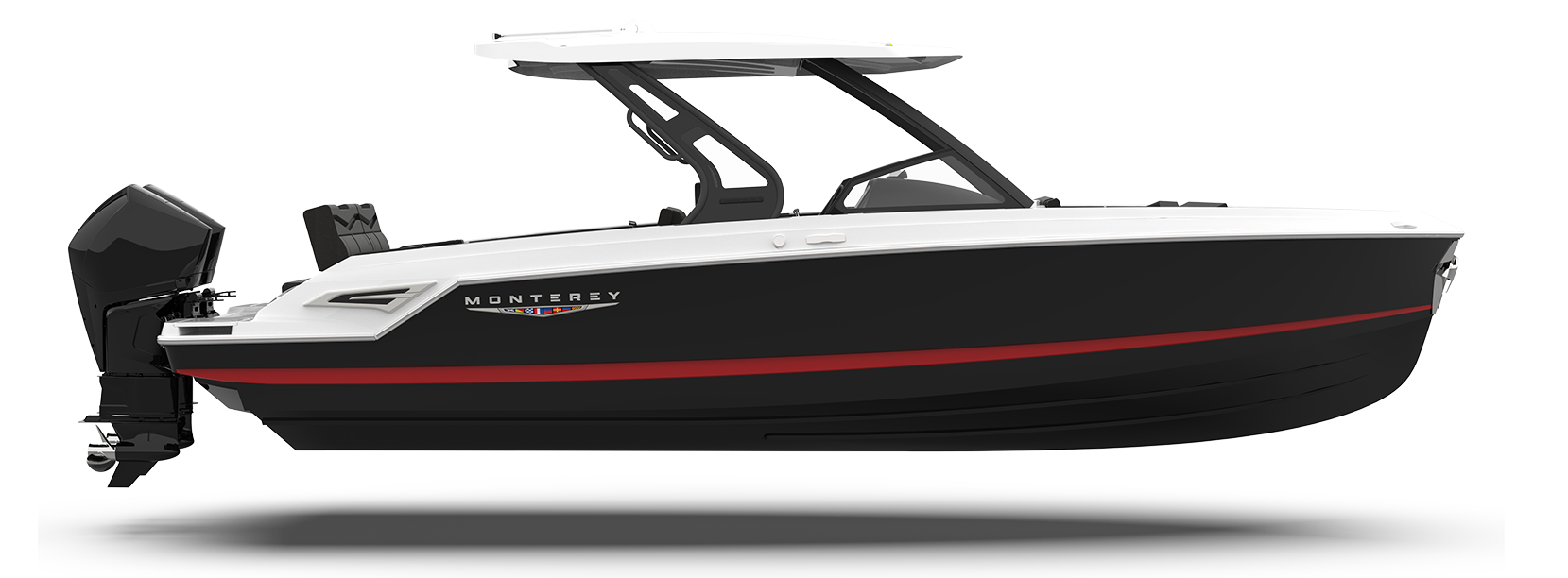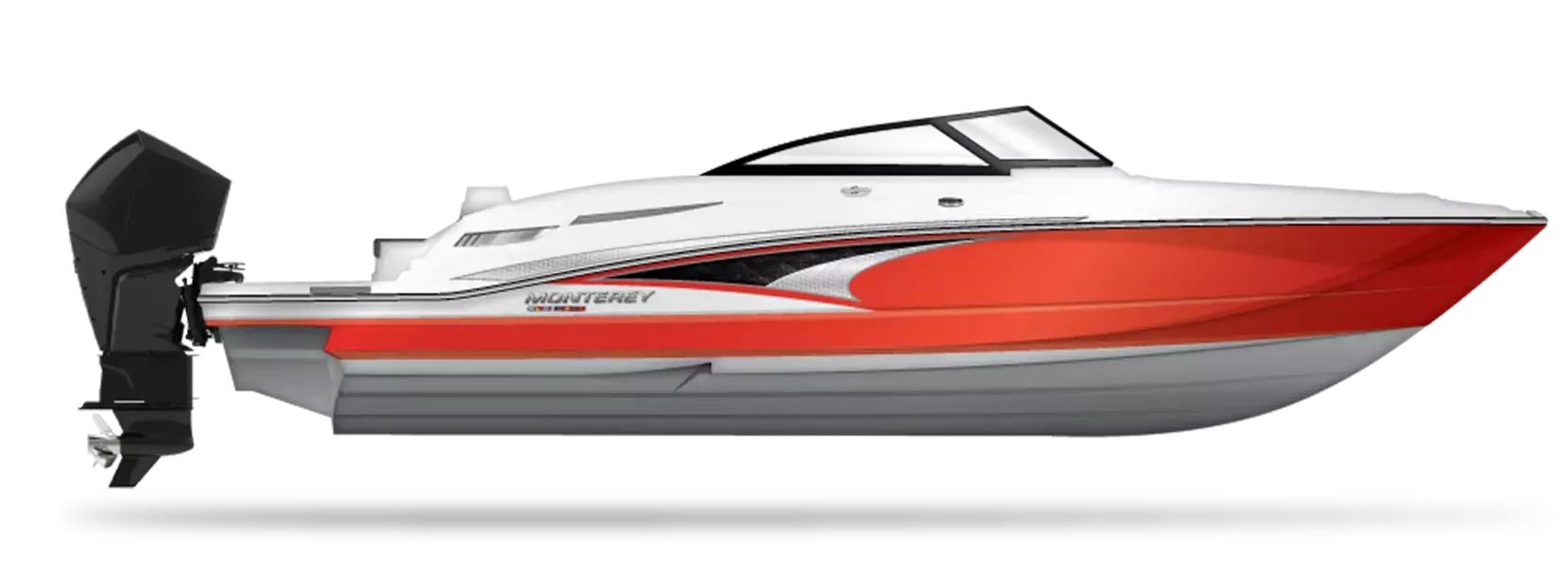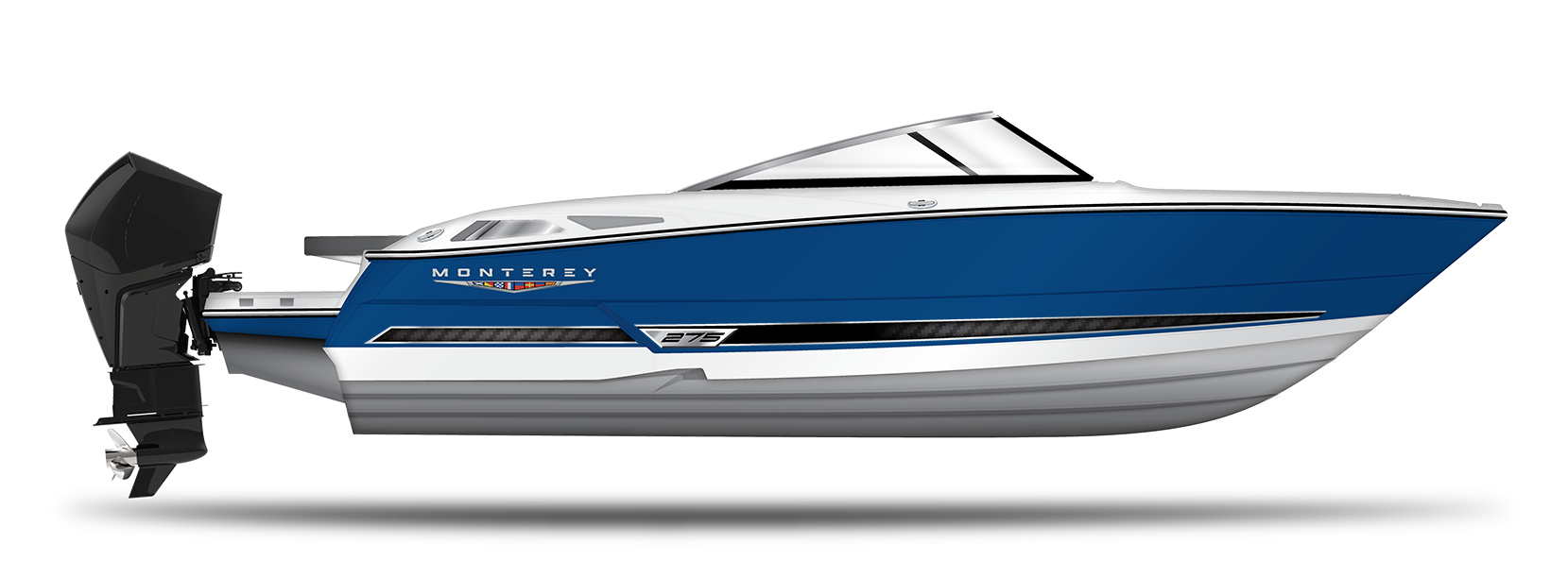Boating: A Look at Water Color
Picture this: you’re setting off from your slip at the marina, cruising into deeper water, and you notice that the water underneath you is no longer clear and bright but increasingly dark instead. It’s an everyday occurrence that can even be observed from the shore—but why does it happen? And why are some bodies of water lighter, darker, or bluer than others in general? We’re answering these questions and more in today’s blog!
When you were a kid, you might have been told that the water is blue because the sky is blue (or vice versa)—and by now, you probably know that that’s not quite the case! Water takes on a blue hue because it’s a property of water to do that—while it’s most easily observed in large bodies of water like the ocean, a lake or even your backyard pool, the blueness of water is natural and constant. Water will absorb all other wavelengths (colors) but reflect blue, which is the color we see. But just how blue that water is—whether it’s navy or turquoise, light blue or dark—depends on a few factors, mainly the depth of the water, the color of the ground below the water, and the presence of microorganisms (although bigger pollutants or sediment can make an impact as well).
First up, let’s look at depth and how it can affect the color you see. The water closest to the shore is typically so shallow that you can see what’s below the surface—usually sand and sediment. Because the water is so shallow, light can “break through” the surface and is reflected by what’s right under the water—the white or tannish sand—so the color you see is a combination of the water’s natural blue and the sand’s color.
Now when you head further out, the water naturally gets deeper. After a certain depth, light can’t make it to the ocean or lake’s floor and instead only interacts with the water—so you’ll see a darker, richer blue.
Now that we’ve covered what make deeper water darker, let’s look at what can affect the coloring of different bodies of water. One of the biggest factors is the color of the sand or ground below the water’s surface. If it’s a bright white or beige color, you’ll probably see a lighter, maybe “milkier” blue—brown or gray sand would produce a blue that’s not quite as brilliant.
Finally, if there are any microorganisms in the water, their presence could affect the color of the water. Organisms like phytoplankton contain chlorophyll that reflect green light, so a high concentration of these organisms can make for greener water. The same thing happens during a red tide (when the water takes on a reddish color)—but instead of green-reflecting phytoplankton, a specific type called dinoflagellates reflect brown or red and make the water take on that hue.
Of course, if a body of water is contaminated with an obvious pollutant, it might take on an unnatural color—but more often than not, it’s probably a mix of depth, sand and microscopic organisms that cause the colors you see. Next time you take out your Monterey, pay special attention to how the ocean or lake’s color changes as you navigate through it; the change from shade to shade is interesting to see in person!

Bookmark & Share
User Comments
Be the first to comment on this post below!
Previous Article















